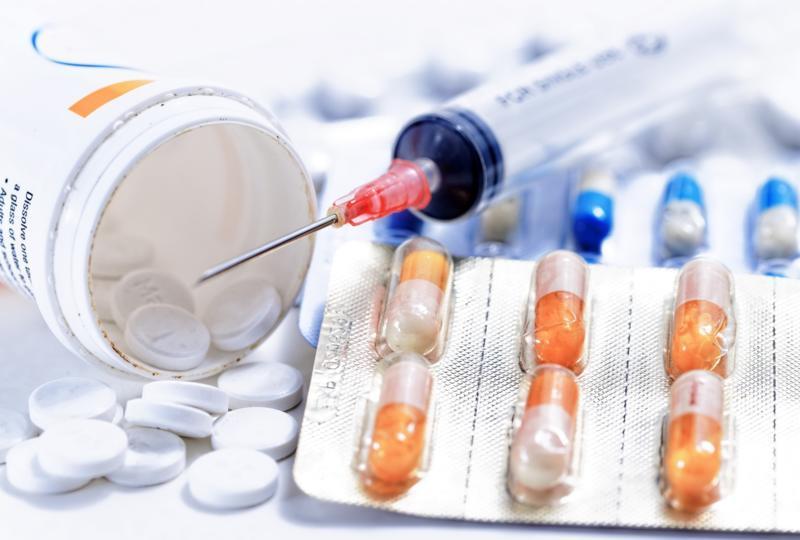Awareness is Key: What Everyone Should Know About Duchenne Muscular Dystrophy
Treatment of Duchenne of muscular dystrophy
There is no definitive cure for DMD yet. Nevertheless, medications and therapies can be done to relieve the symptoms and keep the muscles, heart, and lungs as healthy as possible as the disease progresses.
Here are some medications used in the treatment of DMD:
- Eteplirsen (Exondys 51): It is a medication that is injected to treat the mutation of a gene that causes DMD. Some of its side effects include balancing difficulties and vomiting. Further research has been ongoing to see if it can improve muscular functionality.
- Deflazacort (Emflaza): It is a corticosteroid taken orally to treat DMD. This is the first corticosteroid to be approved by the FDA in 2017. Research showed that it can help children with DMD keep the strength of their muscles. In addition, they can maintain their ability to walk while on it. Some of its side effects include increased appetite and puffiness.
- Steroids: Patients who take this medication can walk normally for 2 to 5 years longer than those do not. Heart and lungs of children also benefit from this drug.
It is also important for the child with DMD to be checked by a cardiologist every two years until the age of 10. After that age, the frequency should be increased to once a year. Females who have the gene must also have a checkup due to greater risk of heart diseases. In addition, surgery can also be opted.
